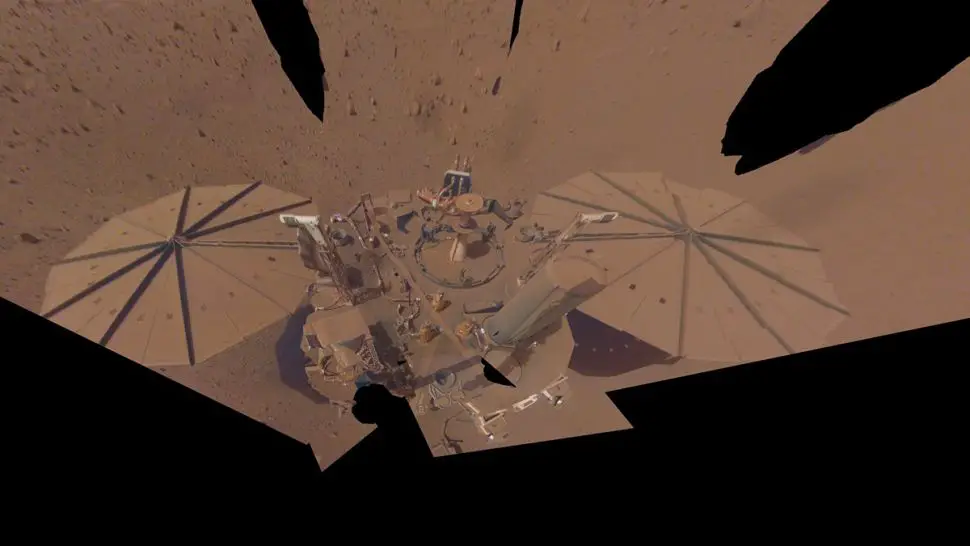NASA recently studied the data provided by its InSight lander to conclude that Mars days are shrinking. The provided data revealed the exact measurements of the rotation of the red planet. NASA scientists closely studied the data to discover that Mars is recently spinning at greater speed of around four milliarcseconds per year².
Even though researchers have previously discovered that the duration of Mars days has continued to shorten by a small fraction of a millisecond per year, astronomers were amazed at the recent discovery.
How NASA Discovered That Mars Days are Shrinking
NASA’s Jet Propulsion Laboratory (JPL) in Southern California studied the data provided by the InSight lander before it lost contact with Earth in December last year. The scientists at JPL were so specific in making their observations.
“It’s really cool to be able to get this latest measurement – and so precisely. I’ve been involved in efforts to get a geophysical station like InSight onto Mars for a long time, and results like this make all those decades of work worth it,” Bruce Banerdt, InSight’s principal investigator at the JPL said in an official statement.
How NASA Measured Mars’ Rotation Speed with the Aid of RISE
Scientists estimated the current rotation speed of Mars based on the data obtained from the radio science instrument known as the Rotation and Interior Structure Experiment (RISE). This technology exists as a combination of a radio transponder and antennas. The RISE transponder has the potential of establishing communication with the extensive antennas of NASA’s Deep Space Network (DSN) in Canberra, Australia.
Researchers often transmit radio signals to the lander via DSN. RISE would then transmit the radio signals back to our home planet. Scientists often determine the rotation speed of a planet by observing the smallest frequency variations that occurred due to the Doppler shift in the reflected radio signal.
However, when compared to our everyday experience, this is a similar occurrence that leads to the change in pitch of an ambulance siren as it moves closer or distanced itself from a particular spot. Scientists relied on spotting this tiny shift to determine the chances of a particular planet’s rotational speed.
“What we’re looking for are variations that are just a few tens of centimeters over a Martian year. It takes a very long time and a lot of data to accumulate before we can even see these variations,” said Sebastien Le Maistre at the Royal Observatory of Belgium, and the paper’s lead author and RISE’s principal investigator.
Recent Changes Scientists Discovered About Mars Days
Scientists closely studied the data provided by the Insight Mission during its first 900 sols on Mars. The analysis revealed a detailed amount of information on the recent fluctuations in Mars days. RISE was specially built to monitor Mars’ wobble as the red planet continues to spin on its axis.
Researchers monitor the wobble to learn about the composition and size of the Martian core. Researchers relied on data provided by RISE to estimate Mar’s wobble that occurred due to the irregular movements in Mars’ liquid core. The RISE data revealed that the core has a radius of about 1,140 miles (1,835 kilometers). Mars has a total radius of about 2,106 miles (3,390 kilometers), which is about the half size of our planet.
But the cause that increased the rotation speed of Mars has left scientists wondering about the future of the red planet. However, researchers have an explanation that shows the accumulation of ice on Mars’ polar caps. They also explained that the changes in the planet’s mass could have occurred due to the post-glacial rebound. Scientists revealed that the increase in Mars days could result in a small acceleration in the red planet’s rotation. The outcome of this study was published recently in the journal Nature.
Conclusion
NASA recently discovered that Mars days have increased in its speed. Data provided by the InSight lander before its retirement enabled scientists to come up with this study. What do you think about this recent study?





